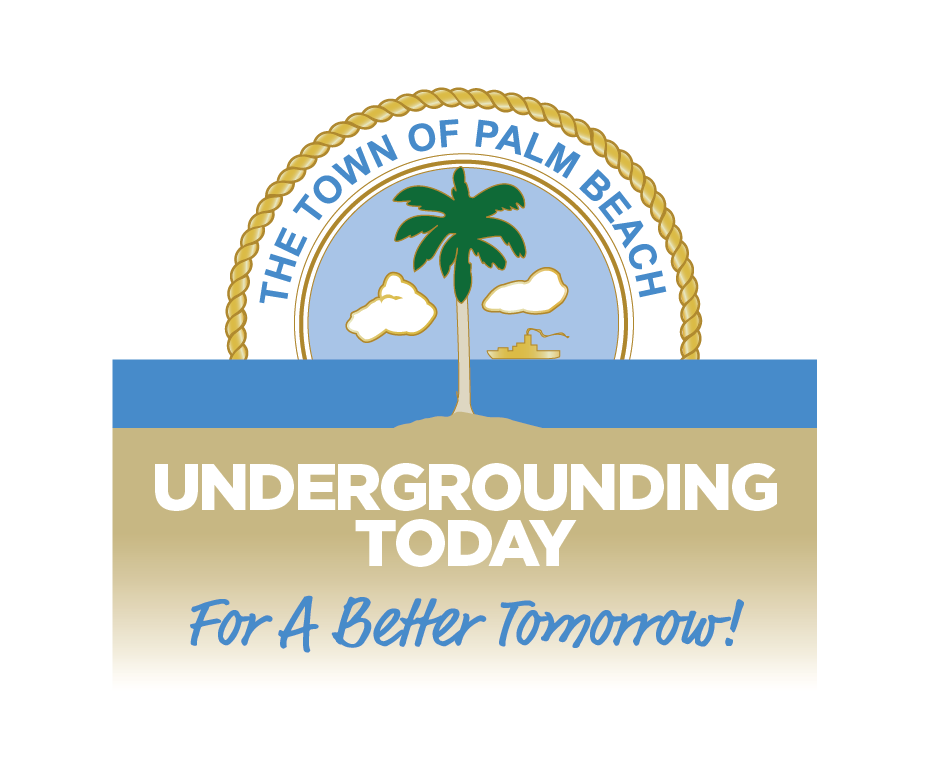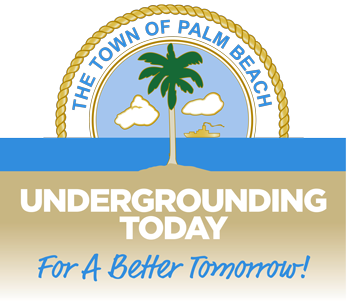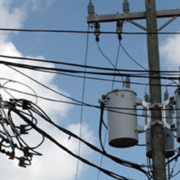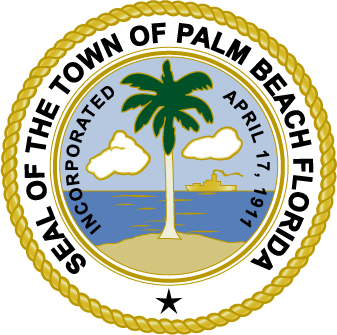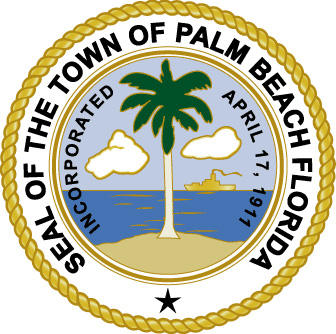Palm Beach Civic Assn: “VIDEO: CIVIC ASSOCIATION HOLDS COMMUNITY UNDERGROUNDING FORUM”
By Michele Dargan, Special for the Civic Association — More than 50 people filled the Palm Beach Civic Association’s Community Room Wednesday to get the latest information and hear responses to their questions regarding the estimated $98.6 million project to bury the town’s utility lines.
Project Manager Kevin Schanen of Kimley-Horn told the attendees that there will be an in-depth presentation of the master plan at Tuesday’s [4/4/2017] Undergrounding Utilities Task Force Meeting.
Mr. Schanen, Town Manager Tom Bradford and Senior Town Engineer Patricia Strayer provided the latest information and answered questions regarding the project, which is scheduled to begin in June.
Civic Association President Ned Barnes welcomed everyone to the forum.
“We have the three individuals here who probably know the most about this in the town,” Mr. Barnes said.
In attendance were Susan Gary, a Civic Association Director and a member of the Undergrounding Utilities Task Force, Tony Dowell, a Task Force member, and Town Councilwoman Bobbie Lindsay.
Mr. Bradford gave a brief history of the undergrounding project.
In April 2014, Florida Power & Light came to the town and said that they needed to harden the town’s poles that hold up the power lines, meaning they would install some larger, taller concrete poles designed to withstand winds of up to 145 miles per hour.
The Town Council didn’t like what they heard and asked FPL to come back to the council in October, Mr. Bradford said.

“It was at that juncture where the mayor and Town Council decided that Palm Beach wasn’t going to accept hardening,” he said. “That it was too aesthetically unacceptable. It looked industrial and was not in keeping with the aesthetic sensibilities of the Town of Palm Beach and the only alternative to hardening is undergrounding. They said, ‘no’ to hardening and off we went to undergrounding.”
FPL offers a 25 percent discount for municipalities that bury lines for their entire city or town, he said.
“The primary benefits to undergrounding are aesthetics, everybody knows that, safety and reliability,” Mr. Bradford said.
He spoke about the reliability and safety aspects of undergrounding.
“FPL’s own data shows that underground facilities are more reliable, in their system, than overhead utilities,” he said. “For the last 12 to 15 years the town has averaged once a week having either sparking, downed power lines, or fires associated with the distribution system that serves the Town of Palm Beach. I call it a third-world system… It’s very important to get it updated.”
Once the utilities are converted and accepted by FPL, Comcast, and AT&T, they belong to the utility companies and it’s their infrastructure that they have to maintain and replace in perpetuity, Mr. Bradford said.
The underground utility lines are waterproof and are designed to withstand the coastal environment exposure in the town. There are already more than 30 miles of buried utility lines in Palm Beach, he said.
The town’s main powerlines from the mainland have been underground under the Intracoastal Waterway for decades and at this point, more than half of all FPL powerlines are underground in their entire system throughout Florida.
Mr. Bradford thanked the Civic Association for partnering with the town to fund a peer review of the engineers’ work. They will seek a request for proposal from engineering firms of national recognition to provide a peer review to include analyzing Kimley-Horn’s approach, the master plan, the probable cost of the project, and other areas. The Civic Association has agreed to donate up to $50,000 towards the peer review.
Because two lawsuits have been filed against the town regarding the undergrounding project, Mr. Bradford said the town is unable to access the financing that was approved by the voters.
“We do have every other means of financing available to us, including lines of credit and those are actively being studied right now in order to make recommendations per the request of the task force to possibly be considered and approved by the council,” Mr. Bradford said.

Mr. Schanen of Kimley-Horn said they were able to finish the draft of the master plan in seven months. Usually, a project of this magnitude takes about 18 months to plan out, he said.
“More than 100 people collaborated to make this process happen,” he said.
The program is broken into eight phases, with each phase containing two sub-phases – one in the north end and one in the south end of town, he said.
“By starting in the extreme north and south of the town and working our way towards the center we impact the fewest people,” he said.
The final phase is scheduled to begin in the summer of 2024 and end in spring of 2026, he said.
Within the master plan is a Transportation Management Plan, which lays out the management of traffic throughout the program.
The plan sets guidelines, rules, and procedures for road closures and detours to be implemented during construction.
“The major arterials can never be shut down,” he said. “The Transportation Management Plan also recommends communication protocols about how we communicate road closures or lane closures to the community, how we communicate that to the town, how we develop working hour restrictions, coordination with special events, providing access for emergency services and emergency response… and we even make recommendations on how to deal with traffic through the work zone when President Trump is in town.”
The latest cost estimate is up $8.6 million from the original price of $90 million that was approved last year by town voters in a referendum.
2017 UNDERGROUNDING MEETING WITH Q&A from Palm Beach Civic Association on Vimeo. [50:55]
The largest portion of the cost is the FPL, AT&T, and Comcast conversion costs along with the restoration costs, Mr. Schanen said.
“These costs account for all the conduit, the equipment, cable installation, and pole removal, along with fixing the roads and restoring the landscaping that is disturbed in the process,” he said.
“We’re continuously looking for ways to reduce the cost of the program,” Mr. Schanen said. “This includes discussions with FPL, Comcast and AT&T, including how they can contribute to the program at a higher level. Tom and the mayor are working very hard with FPL to get more than just the 25 percent discount…We’ve been working with the utilities to reuse as much of the existing underground and infrastructure as possible to reduce those costs…We’re constantly chipping away at the program costs.”
One attendee asked if it takes significantly longer to fix a power outage with an underground system?
Mr. Bradford said that was the case many years ago, but there are new technologies today to make quick fixes.
Ms. Strayer added, “With the newer system, there are switch cabinets and ways that they isolate the problem very quickly. It’s a lot different than 30 years ago or even looking at a 30-year-old system.”
